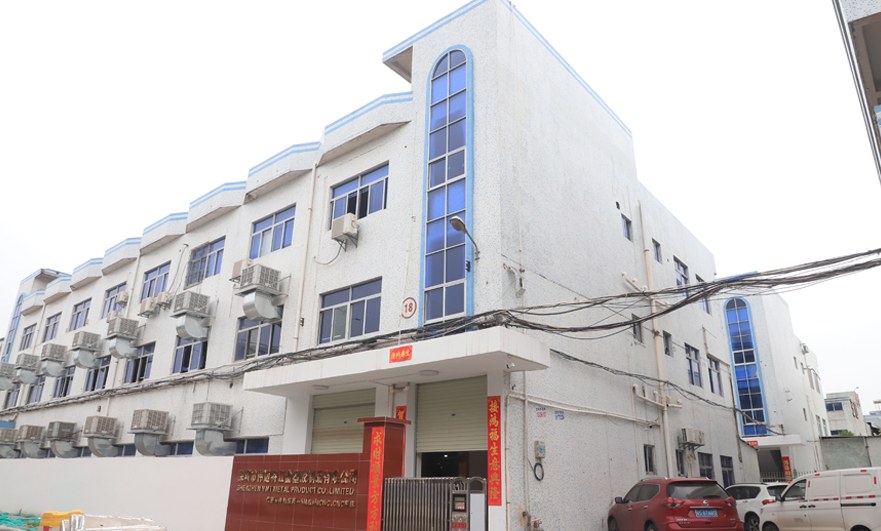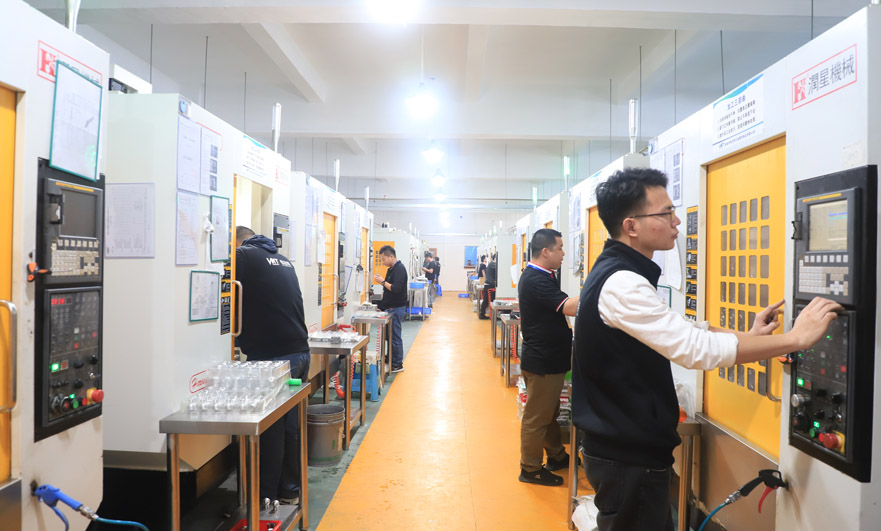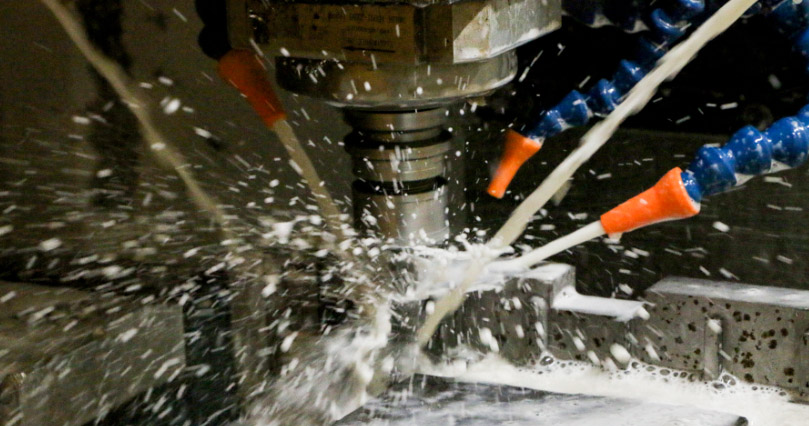15 years one-stop China custom CNC machining parts factory

Hey there I’m VMT Sam!
With 25 years of CNC machining experience we are committed to helping clients overcome 10000 complex part-processing challenges all to contribute to a better life through intelligent manufacturing. Contact us now
 131 |
Published by VMT at Oct 06 2022
131 |
Published by VMT at Oct 06 2022
VMT is a professional CNC machining manufacturer with 13 years of experience in the production of precision custom CNC machining parts. With professional CNC machining and production equipment, and through a complete quality control system, it is a CNC machining factory that provides one-stop services such as CNC milling, CNC turning, die-casting, extrusion, and surface treatment for different materials such as aluminum, copper, and stainless steel.

VMT integrates R&D, production and sales, and has a complete and scientific quality management system. The company is equipped with 120 CNC machining centers, including 5-axis & 4-axis (Matsuura multi-table) machining centers imported from Japan and turning and milling machines (citizen).

Strength and hardness of CNC machining parts material: In CNC machining, the harder the material to be cut, the greater the cutting force required, the greater the energy consumed, the greater the heat generated, and the faster the loss of the tool. Tool life is shorter. And the hardness and strength of the workpiece are proportional to the wear of the tool, that is to say, the material with greater strength and hardness consumes more energy during CNC machining, the temperature rises faster, and the tool wears faster, thus affecting the material. cutting performance.
Thermal conductivity of CNC machining parts material: The workpiece is mainly dissipated by the heat taken away by the chips. The better the thermal conductivity of the material, the more heat is taken away by the chips during CNC machining, which is more conducive to reducing the temperature of the workpiece. Reduce tool wear, extend tool life, and improve material cutting performance.

Toughness of CNC machined parts material: Toughness refers to the resistance to breaking when subjected to stress, indicating the ability of the material to absorb energy during plastic deformation and fracture. The better the toughness, the greater the energy absorbed, and the higher the temperature of the cutting area during CNC machining, which will aggravate the wear of the tool and affect the cutting performance of the material.
Plasticity of CNC machined parts: Plasticity refers to the ability of a material to stably deform permanently without destroying its integrity under the action of external force. The more plastic the material is, the easier it is to deform during machining, and the temperature in the cutting area will be higher. The tool is prone to chip edge, which affects the surface quality of CNC machined parts, and also reduces the service life of the tool and affects the machining performance of the material. If the plasticity of the material is too low, the material at this time is called brittle material. During CNC machining, the heat will be concentrated at the cutting edge, which is not easy to dissipate heat, resulting in an increase in the temperature of the cutting area, aggravating the wear of the tool, and affecting the cutting of the material. performance.
The above is just a summary of the VMT CNC machining factory. If you want to know more about CNC machining, you can contact us: inquiry@vimetal.com.cn to discuss with us.
Ready To Start Your Next Project?
Get Instant Quote

Request a Free Quote
Send us a message if you have any questions or request a quote. We will get back to you ASAP!
